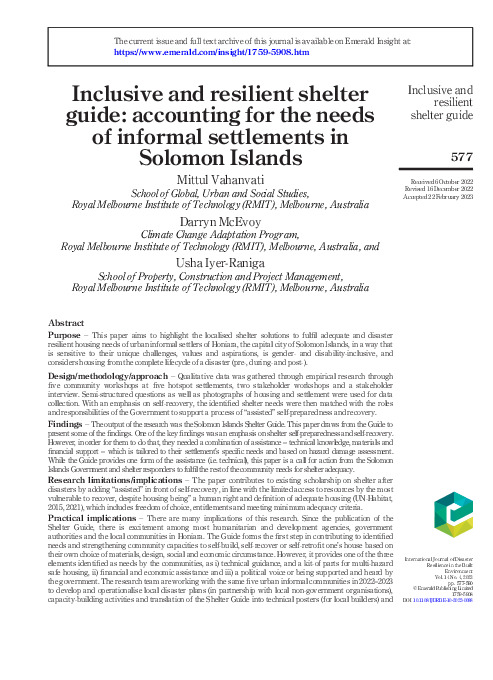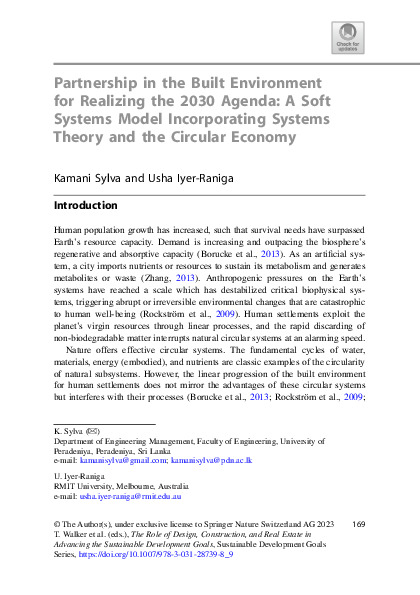Soft launch of the state of play for circular built environment, Oceania report
Policies and programme on CE
This report examines the challenges and opportunities arising from transitioning to a circular economy in Australia and New Zealand. The fact is that as populations rise, material use increases. Historically, we have seen a trend globally whereby material use per person increases as incomes grow. In developed economies, waste has largely been 'out of sight, out of mind'. If emerging economies and least developed countries begin to adopt the same trajectories as those of the developed world, we will be locked into a linear approach and reach a point of no return globally. As the built environment 'churns' out products and materials through complicated processes of inputs and outputs, the building and construction sector needs to start taking some responsibility for the waste it produces. Throughout Oceania the main streams of waste – municipal solid waste, construction and demolition waste and commercial and industrial waste – are not being mined to the full extent possible. A complex web of issues related to undervaluing the concept of waste itself, market pricing signals, untapped/unexplored market mechanisms, government policy and community education is contributing to the problem. States in Australia and New Zealand have been forced to confront the waste crisis due to China's 'National Sword' policy. Rather than developing yet another mechanism for waste management, there is an opportunity to leverage the current crisis in order to establish a circular economy based on a resource optimisation strategy. This would need to recognise the importance of an inherently holistic, systemic approach insofar as waste or output from one sector can be food or input for another, as occurs in nature. This requires us to rethink traditional sectoral boundaries and bring industry, government, community and academia together to rethink and develop novel solutions to the problem. Governments need to lead by providing strong leadership, policy platforms and engagement in research. All industries need to start innovating and working with each other, communities and all levels of government and academia and to identify the 'sweet spots' where possible to develop ground-breaking solutions that can be mainstreamed and upscaled. Communities need to support government, industry and academia by being willing participants in raising awareness of the waste crisis and educational processes needed to support circular economies. Academia should not only engage in research but also incorporate the results of research into day-to-day teaching, arming students with the knowledge they need to face the challenges of the 21st century. In the Oceania region, greenfield, brownfield and greyfield developments are taking place due to population increases. This requires a planned approach. Given the different lifecycle phases of the built environment, long-term and holistic thinking is required. Virgin material use needs to be reduced and, where possible, materials need to be mined when rebuilding or refurbishing is taking place. Better maintainability, longer shelf life and reusability or even upscaling building products and materials need to be considered at the outset as well as for the ongoing management of buildings. The rhetoric must shift from recycling (downcycling) to reuse/retain/increase value.


